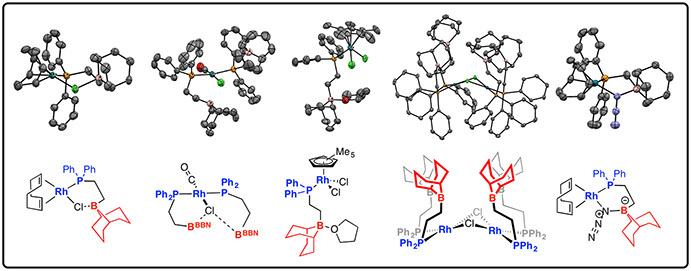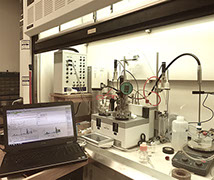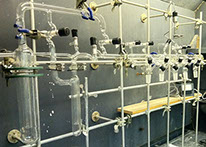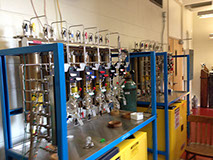Olefin carboxylation produces value-added carboxylic acids using widely available olefins and carbon dioxide, an inexpensive and renewable carbon source. Notably, this method is capable of producing the pharmaceutically important core structure found in non-steroidal anti- inflammatories such as naproxen and ibuprofen. Significant limitations that mainly center on the properties of the olefin exist with the few known methods and the research performed will seek to address the limitations using a combination of synthetic, mechanistic and computational chemistries in three areas: hetero(element)carboxylation using copper catalysts and diboron based reductants, formal carboxylation using earth abundant metals such as iron and cobalt to produce magnesium-based organometallics that are highly reactive with carbon dioxide, and exploratory studies of the challenging and largely unprecedented direct carboxylation of alkenes using dihydrogen reductant. Success in these areas will significantly expand the utility and sustainability of these methods in organic synthesis, potentially having a direct impact on the way in which fine chemicals and pharmaceuticals are prepared.


Ambiphilic molecules include both Lewis acidic and Lewis basic functionalities. One class of these molecules termed Frustrated Lewis pairs (FLP), best known for their ability to catalyze hydrogenation reactions, is an intriguing ligand class for organometallic compounds owing to the anticipation that the pendant Lewis-acid moiety will have meaningful interactions with other Lewis basic ligand functionalities. In turn, rational tuning of these interactions will impact the coordination environment and the reactivity of the metal. Some examples of complexes prepared and characterized by single crystal X-ray diffraction in our lab are shown below. We expect that pairing FLP and transition metal chemistries will reveal significant opportunities for interesting new bifunctional catalytic reactivity.

The group’s research philosophy is predicated on concurrent methodology–mechanism lines of inquiry. The developing researcher can expect to gain substantial exposure to techniques promoting both facets of the research program. A few specific areas include reaction screening and parallelization, handling environmentally sensitive materials, , evaluation of catalytic reaction kinetics, and computational modeling. We also have projects related to in biopolymer (peptide) chemistries that have been recently initiated.






























